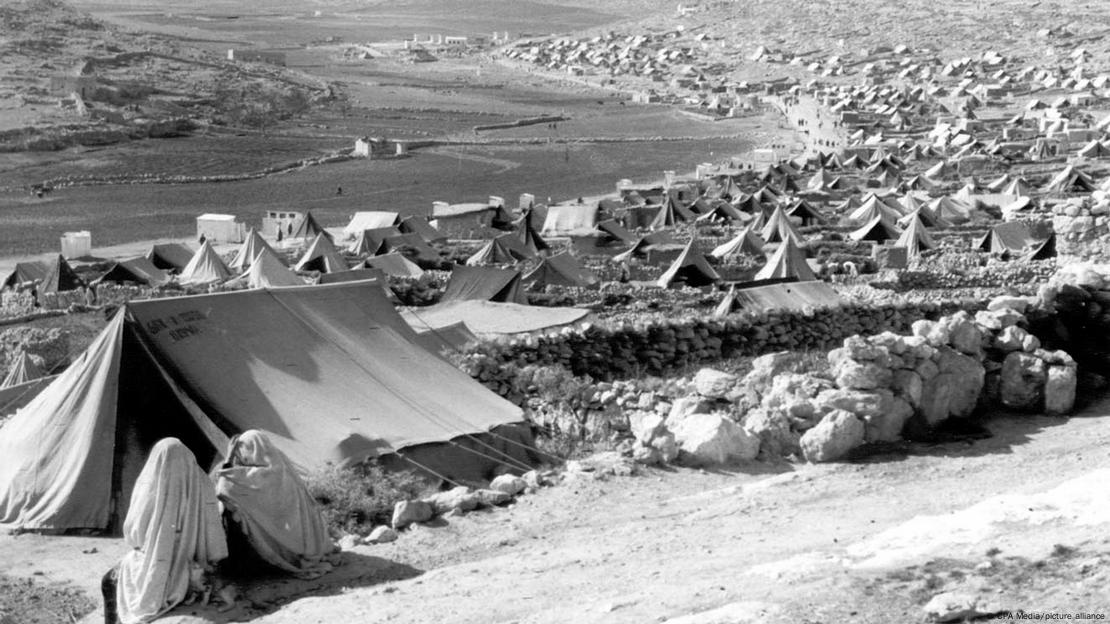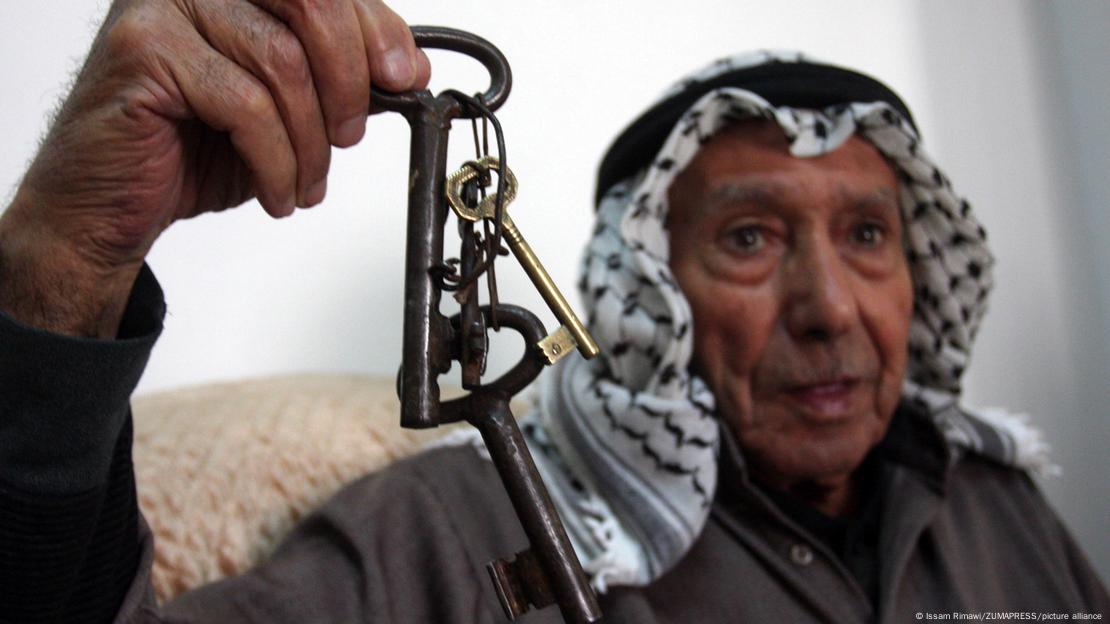UN cannot allow violations of international law to become normalised, says Vivian Balakrishnan
Source: Straits Times
Article Date: 30 Sep 2024
Author: Arvind Jayaram
Dr Balakrishnan also stressed the need for small states like Singapore to support multilateralism, instead of taking sides, getting embroiled in great power rivalry, or becoming an arena for proxy wars.
Singapore has called on UN member states to prevent the recent violations of international law from becoming normalised, underscoring the need to transform global governance institutions to make them more representative and responsive.
Citing the war in Ukraine as an example, Foreign Minister Vivian Balakrishnan said at the 79th UN General Assembly in New York on Sept 28: “The invasion of one country by another, under the pretext of historical errors and grievances, cannot be justified by any means.”
Presenting Singapore’s national statement, Dr Balakrishnan highlighted Article 2 of the UN Charter, which states that all members shall refrain from the threat or the use of force against territorial integrity.
Noting that the preamble of UN Security Council (UNSC) Resolution 242 in 1967 affirms the “inadmissibility of the acquisition of territory by war”, he said if the notion that “might is right” is allowed to prevail, the world will become a very dangerous place, especially for small states.
The resolution, adopted after the six-day Arab-Israeli war of 1967, called on Israel to withdraw from territories it had occupied in that conflict – including the West Bank and Gaza – and for all countries in the region to respect one another’s territorial integrity and their right to live in peace with their neighbours.
“A descent into chaos and conflict is a clear and present threat. In this moment of uncertainty, all countries, big and small, have a responsibility to work together to preserve the peace and to save lives,” said Dr Balakrishnan.
“We cannot achieve this without the UN playing its rightful role as an arena for dialogue and for partnership. This is the moment to double down on multilateralism and strengthen the role of the UN as a collective vehicle for peace and sustainable development.”
He said that this is why Singapore and other small states have to consistently stand for compliance with international law and the UN Charter by all member states.
“We must return to the basics – by reinforcing the foundational role of the UN in maintaining international peace and security. That is the raison d’etre for the UN,” said Dr Balakrishnan.
“We must restore respect for the rule of law and the UN Charter. This has underpinned global peace and security for the last 80 years.”
Dr Balakrishnan said global governance institutions must take into account the needs of small states and developing countries.
This includes reforming the UNSC to reflect contemporary realities and making it more transparent and accountable.
Dr Balakrishnan said the effective functioning of the Security Council is at the heart of a robust and responsive UN, asserting that its five permanent members – the US, UK, France, Russia and China – bear a special responsibility alongside their privileges.
“They must demonstrate leadership by cooperating to maintain international peace and security,” he said, adding that the lack of trust among the major powers and the resulting deficit of global leadership make it very difficult to find effective, peaceful solutions to ongoing conflicts in the Middle East, Ukraine and Sudan.
He noted that the veto initiative – a UN resolution that makes the UNSC permanent members answerable to all UN member states in the General Assembly whenever they cast a veto – is a step towards greater accountability.
“This is a good first step, but it is not the end of that journey that is necessary. Much more work is needed to make the Security Council more transparent and accountable. Singapore will continue to work with other UN member states in this regard,” said Dr Balakrishnan.
He also stressed the need for small states like Singapore to support multilateralism, instead of taking sides, getting embroiled in great power rivalry, or becoming an arena for proxy wars.
“We simply aim to defend our sovereignty, to exercise our autonomy, and to chart our own futures – our people deserve that,” he said. “For small states, multilateralism and international law is not an option; it is, in fact, an existential necessity.”
In the national statement, Dr Balakrishnan also affirmed Singapore’s support for UN Secretary-General Antonio Guterres’ New Agenda for Peace. He said the Republic is ready to work with all member states to strengthen the role of the UN in promoting peace and security, particularly in preventive diplomacy, mediation and conflict prevention.
The new agenda encourages member states to move beyond competition and find avenues for cooperation and collective action to pursue shared interests. “Such efforts are urgently needed to save civilian lives and to prevent catastrophes,” said the minister.
Dr Balakrishnan also reiterated Singapore’s support for the work of the International Court of Justice and for the UN Convention on the Law of the Sea (Unclos), which governs all activities in oceans and seas.
He emphasised the need for new instruments to strengthen international legal frameworks. He also said the consensus adoption of the Marine Biodiversity of Areas Beyond National Jurisdiction (BBNJ) Agreement in June 2023 was a crucial step in strengthening the Unclos framework for the conservation and sustainable use of the oceans and their resources.
The BBNJ Agreement gives states the means to establish “area-based management tools” in the high seas and deep seabed. Singapore ratified it last week.
Dr Balakrishnan also welcomed the outcomes of the just-concluded Summit of the Future, including the adoption of the Pact for the Future, the Declaration on Future Generations, and the Global Digital Compact.
He said these agreements have the potential to reinvigorate international cooperation. “This is a significant milestone in reinvigorating the UN system, and Singapore will support efforts on the implementation of the Pact.”
The minister also urged member states to accelerate efforts to achieve the UN’s Sustainable Development Goals by 2030, and reiterated Singapore’s commitment to provide support through capacity building.
He announced the renewal of Singapore’s capacity-building programme for the Forum of Small States (FOSS). The FOSS for Good package will offer digital-themed programmes to support the Global Digital Compact, a comprehensive framework for global governance of digital technology and artificial intelligence.
“Singapore will continue to support our fellow small states; we will share our development experience,” said Dr Balakrishnan.
Source: Straits Times © SPH Media Limited. Permission required for reproduction.
















